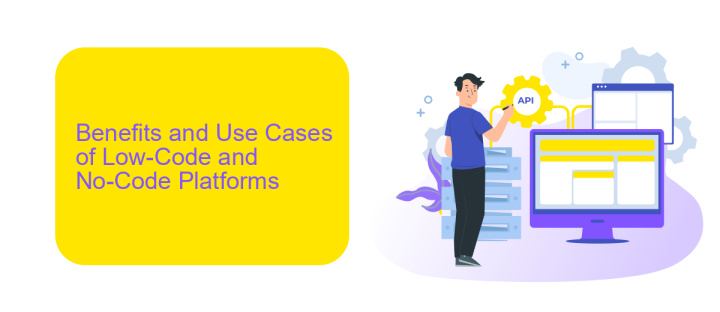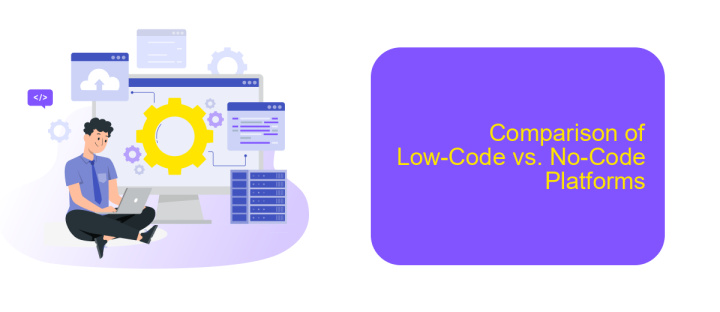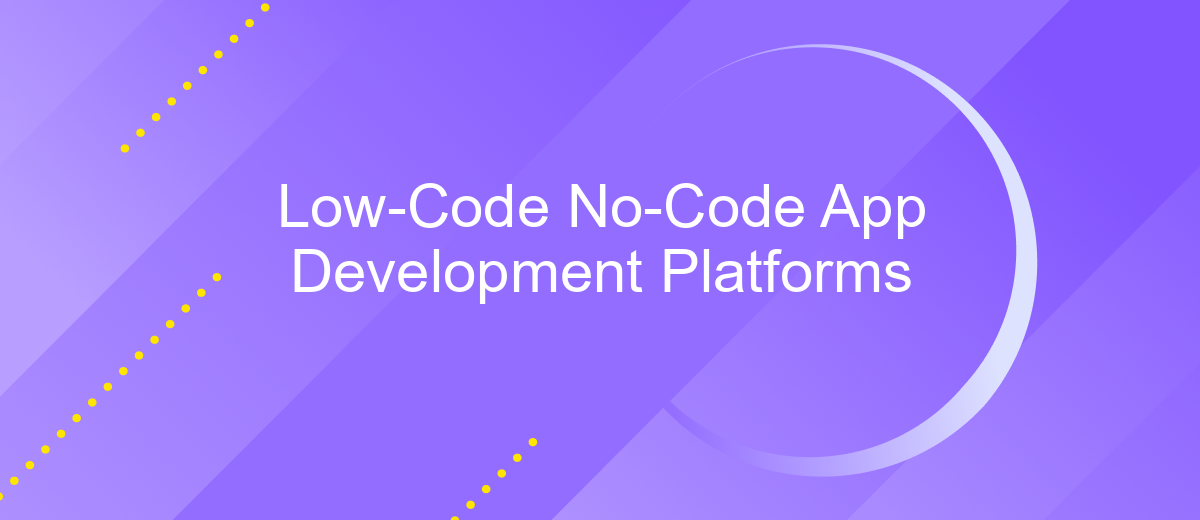Low-Code No-Code App Development Platforms
Low-code and no-code app development platforms are revolutionizing the way businesses create software. By enabling users to design applications with minimal or no coding knowledge, these platforms democratize app development, fostering innovation and efficiency. This article explores the benefits, key features, and potential challenges of adopting low-code and no-code solutions in today's fast-paced digital landscape.
Introduction to Low-Code and No-Code Platforms
Low-code and no-code platforms are revolutionizing the way applications are developed by minimizing the need for extensive coding knowledge. These platforms allow both professional developers and non-technical users to create applications quickly and efficiently.
- Low-Code Platforms: Designed for developers, these platforms reduce manual coding by providing pre-built templates and drag-and-drop features.
- No-Code Platforms: Tailored for non-developers, these platforms enable users to build applications without writing a single line of code.
- Integration Capabilities: Tools like ApiX-Drive facilitate seamless integration between various applications and services, enhancing the functionality of low-code and no-code solutions.
As businesses strive for digital transformation, low-code and no-code platforms offer an accessible and efficient way to develop applications. These platforms not only accelerate development timelines but also democratize the process, making it possible for anyone to bring their application ideas to life.
Benefits and Use Cases of Low-Code and No-Code Platforms

Low-code and no-code platforms offer numerous benefits, including accelerated development timelines, reduced costs, and increased accessibility for non-technical users. These platforms empower organizations to quickly prototype, test, and deploy applications without the need for extensive coding knowledge. This democratization of app development allows businesses to innovate faster and respond to market changes with agility. Additionally, the visual development interfaces and pre-built templates streamline the creation process, making it easier for teams to collaborate and iterate on projects.
Use cases for low-code and no-code platforms span various industries and applications. For instance, businesses can automate workflows, create custom CRM solutions, and develop internal tools tailored to specific needs. Integration capabilities further enhance the utility of these platforms. Services like ApiX-Drive enable seamless connections between different applications, ensuring data flows smoothly across systems. This is particularly useful for businesses looking to synchronize data between their CRM, marketing automation tools, and other software, ultimately enhancing operational efficiency and decision-making processes.
Best Practices for Using Low-Code and No-Code Platforms

When leveraging low-code and no-code platforms, it is essential to follow best practices to ensure optimal performance and scalability. These guidelines will help you maximize the benefits of these platforms while minimizing potential pitfalls.
- Define clear objectives: Establish specific goals and requirements before starting your project to ensure the platform meets your needs.
- Maintain good governance: Implement policies for user access, data security, and compliance to protect your application and data.
- Prioritize user experience: Design intuitive interfaces and workflows to enhance usability and user satisfaction.
- Test rigorously: Conduct thorough testing at every development stage to identify and fix issues early.
- Utilize integrations: Use platforms like ApiX-Drive to seamlessly integrate your low-code or no-code applications with other services and systems.
By adhering to these best practices, you can efficiently develop robust applications using low-code and no-code platforms. Remember to continuously monitor and update your applications to adapt to changing requirements and technological advancements.
Comparison of Low-Code vs. No-Code Platforms

Low-code and no-code platforms have revolutionized the way applications are developed, making it easier for non-technical users to create functional software. Low-code platforms require some level of coding, mainly to customize and extend the functionalities. They are typically used by developers to speed up the development process by minimizing hand-coding.
No-code platforms, on the other hand, are designed for users with no programming knowledge. These platforms offer pre-built templates and drag-and-drop features, enabling users to build applications without writing a single line of code. This democratizes app development, allowing business users to create solutions tailored to their needs.
- Target Users: Low-code is for developers; no-code is for business users.
- Customization: Low-code offers more customization options than no-code.
- Complexity: Low-code can handle more complex applications.
- Integration: Both can integrate with other services, but low-code may require more technical knowledge.
When it comes to integration, tools like ApiX-Drive can simplify the process for both low-code and no-code platforms. ApiX-Drive allows seamless integration between various applications, enabling users to automate workflows without extensive coding knowledge. This enhances the capabilities of both platforms, making them more versatile and powerful.
- Automate the work of an online store or landing
- Empower through integration
- Don't spend money on programmers and integrators
- Save time by automating routine tasks
Conclusion and Future Outlook
The rise of Low-Code and No-Code app development platforms marks a significant shift in how software is created, enabling a broader range of individuals to participate in the development process. These platforms democratize app creation by allowing users with minimal technical skills to build functional applications, reducing dependency on traditional programming expertise. As businesses seek to accelerate digital transformation, the adoption of Low-Code and No-Code solutions is expected to grow, driving innovation and efficiency across various sectors.
Looking ahead, the future of Low-Code and No-Code platforms appears promising, with continuous advancements in AI and machine learning poised to further simplify app development. Integrations with other tools and services, such as ApiX-Drive, will become increasingly important, allowing seamless connectivity between different systems and enhancing overall functionality. As these platforms evolve, they will likely offer more robust features, enabling the creation of increasingly complex applications and further blurring the lines between professional developers and citizen developers.
FAQ
What is a Low-Code/No-Code platform?
How do Low-Code/No-Code platforms benefit businesses?
Can Low-Code/No-Code platforms integrate with existing systems?
Are Low-Code/No-Code platforms secure?
Who can benefit from using Low-Code/No-Code platforms?
Strive to take your business to the next level, achieve your goals faster and more efficiently? Apix-Drive is your reliable assistant for these tasks. An online service and application connector will help you automate key business processes and get rid of the routine. You and your employees will free up time for important core tasks. Try Apix-Drive features for free to see the effectiveness of the online connector for yourself.


